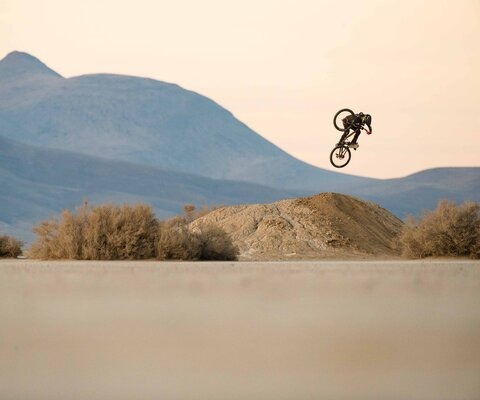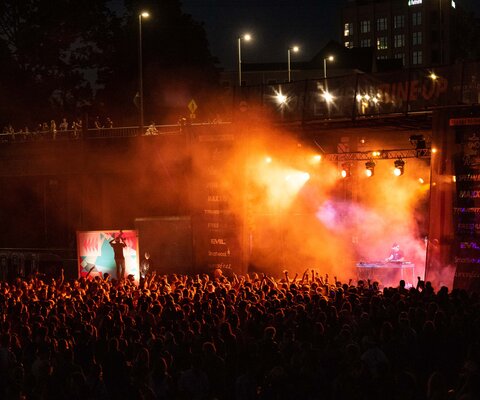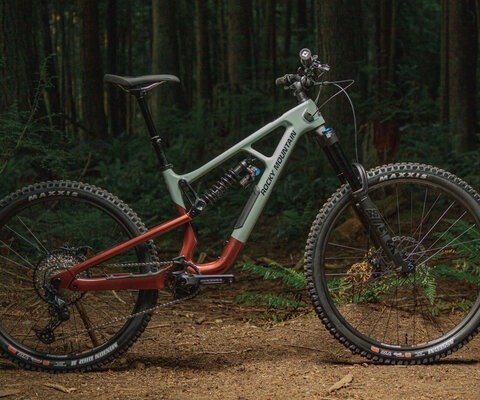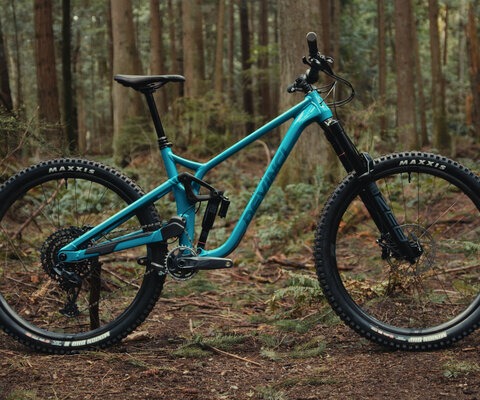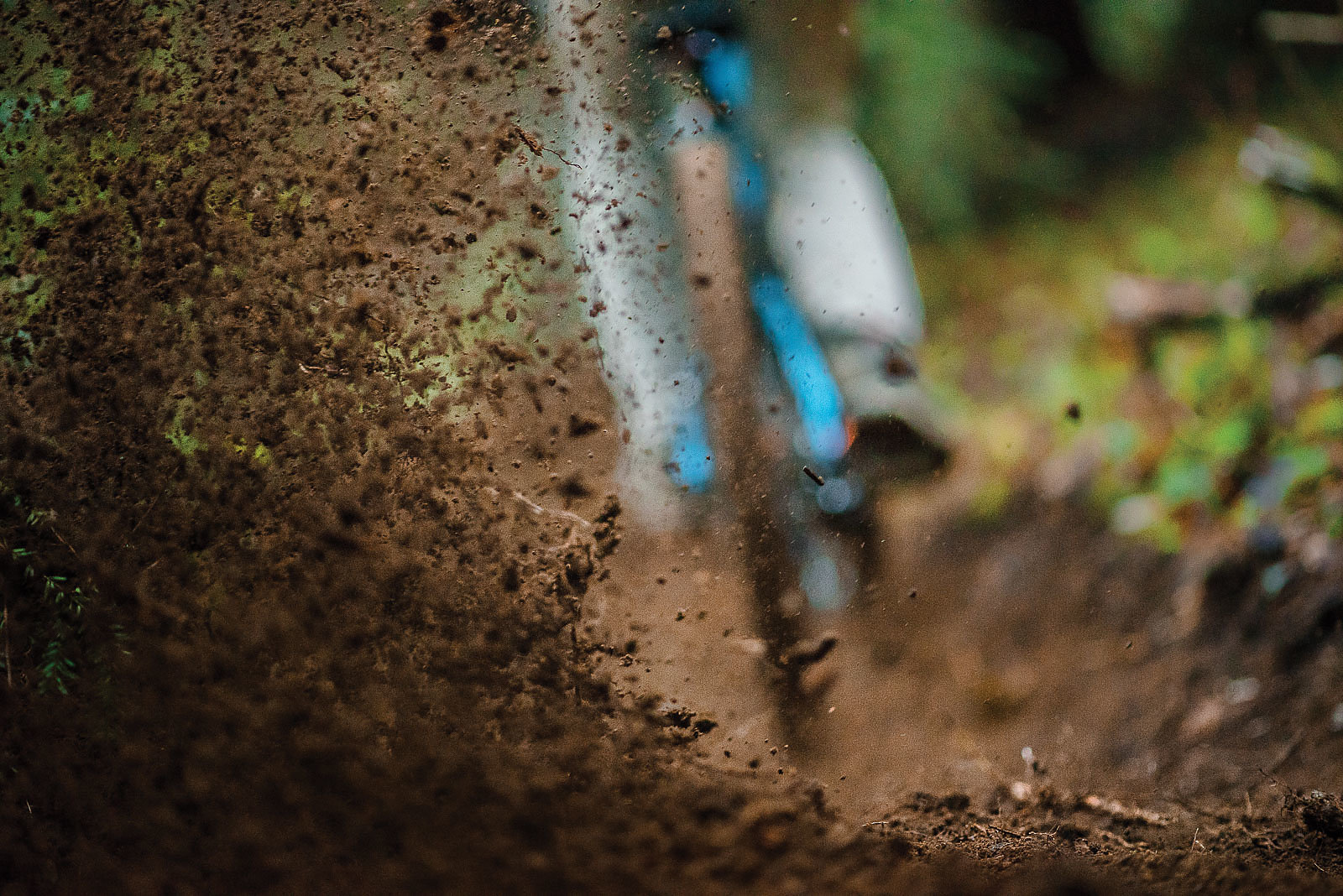
Hard-Cores Included The Value of the Everyday Classic
Words and Photos by Skye Schillhammer
Two types of trails exist within mountain biking: the known, and the unknown.
The former are usually the ones at the top of a Google search, the gems of the local trail network that glow nuclear orange on the Strava heat map. They’re the classics, the ones that see more traffic than rush hour in Los Angeles. Countless wheels have long ago turned loam into hard-pack highways, and formerly technical features have become smooth, sculpted dirt.
Ironically, it’s often this popularity that inspires the latter type of trails. Seasoned riders, bored with the usual routes and frustrated by the crowds, head off into the deeper woods, searching for obscurity and perfect loam. It’s a move that makes sense: as any experienced rider can attest, sinking into six inches of fresh brown pow is a feeling tough to match. It’s even better when there’s no one else to share it with—besides your friends, of course, and maybe a dog or two.
Yet even the most jaded, die-hard riders were once casing tabletops on those same high-traffic, blue-circle trails, and were just another set of anonymous hands on group trail days. From builders to bikers, these everyday classics are what birth, nurture and expand mountain bike culture in so many towns across the globe. Without them, there would be no place for organized events, for group rides with friends, or for the public trail-building days that teach us to respect the entirety of the sport.
Everyone, even close friends who have been sworn to the utmost secrecy, is guilty of letting a rogue trail name slip, or unable to resist sharing a new trail with their favorite riding partner. That friend soon does the same, and, as word spreads, those once oh-so-secret trails are on the radar of land managers, potentially threatened by closure, or—even worse—destroyed entirely. If mountain biking was based only on the “unknowns,” it would become a selfish, unsustainable affair, populated by loners hiding in the woods. Yes, the riding would be epic, but inevitably the sport would die.
It is these homegrown, all-welcoming trail networks that bring balance and unity in so many different ways. They allow us simply to be outside on a bike. But they do not establish themselves. Just as most of us (hard-cores included) started riding on these “known” trails, we started digging on them as well—which, in turn, created new classics that got even more people on bikes. It’s the cycle that drives and grows the sport, creating the culture that has given so much to so many people.

